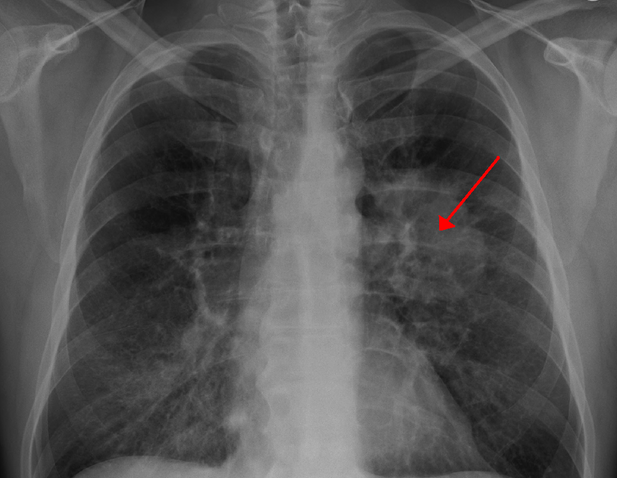
Neurological Effects
The pressure of large tumors growing in the lungs leads to severe backaches. There’s a possibility that cancer has spread to the patients’ spine or ribs. As it develops, a cancerous tumor can cause compression of the spinal cord. Following are the symptoms:
-A weakness in the arms and legs
-Numbness or loss of sensation in the legs and feet
-Urinary and bowel incontinence
-Interference with the spinal blood supply
Side Effects
It’s a misconception that you can’t help to feel better during the treatments. The patients need to share their situation with the doctors and all the trouble they are facing. There are drugs that doctors can prescribe to lower the pain, control nausea or skin rashes, ease diarrhea, and stimulate appetite. Other than the medicines there are more ways to help.
Home Remedies
Although Cancer cannot be cured by home remedies, homeopathic treatments. There are some treatments that help the patients in lowering the pain. One should always consult with the doctor before proceeding with any of the following:
-Massage
-Acupuncture
-Meditation
-Hypnosis
-Yoga
What Should Be The Diet?
Again, this list is to give you an idea, a doctor’s intervention is required on the basis of the patient’s situation as it differs in each case:
-Eat whenever you feel hungry
-In case, patient don’t have a major appetite, smaller meals at lesser intervals will work
-Mint and ginger teas help in better digestion
-In case of weak stomach and sore mouth, avoid spices and stick to bland food.
-In case of constipation, add more high-fiber foods.
Classifying
Lung cancer has two types: Non-Small Cell Lung Cancer (NSCL) and Small Cell Lung Cancer (SCLC) which further helps the doctors to stage the extent to which cancer has already spread and how it could be possibly treated.
The Three Types
The American Cancer Society (ACS) states “non-small cell lung cancer (NSCLC) accounts for about 80 percent of lung cancer cases. The three main subtypes of NSCLC are:
-Adenocarcinoma. This accounts for 40 percent of lung cancer cases. It is usually found in the outer parts of the lung. It tends to grow slower than the other two subtypes, so there is a better chance of a tumor being found before it has spread.
-Squamous cell carcinoma. This accounts for about 25-30 percent of lung cancers. It grows from the cells that line the insides of the lung’s airways. Squamous cell carcinoma is usually found at the center of the lung.
-Large cell carcinoma. This accounts for 10-15 percent of lung cancers. It can be found in any part of the lung, and tends to grow faster than the other subtypes.”






